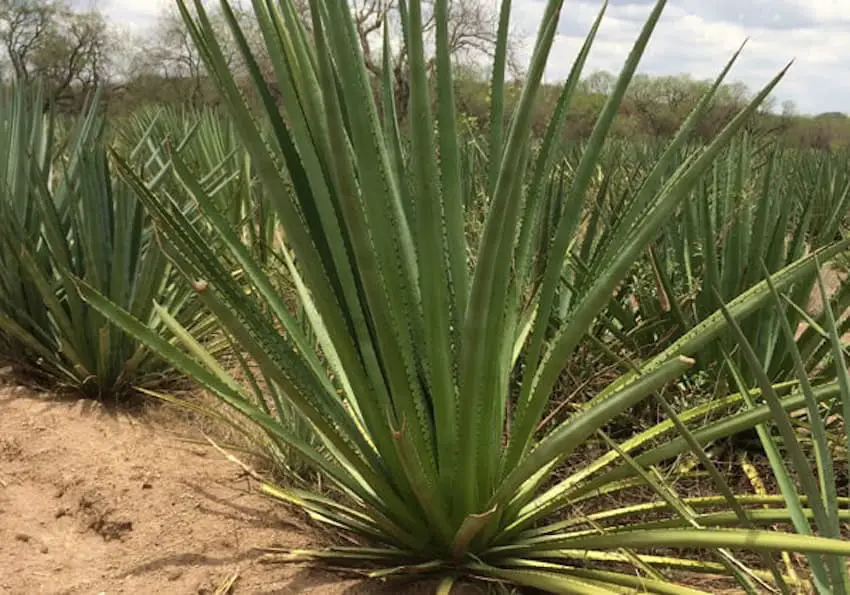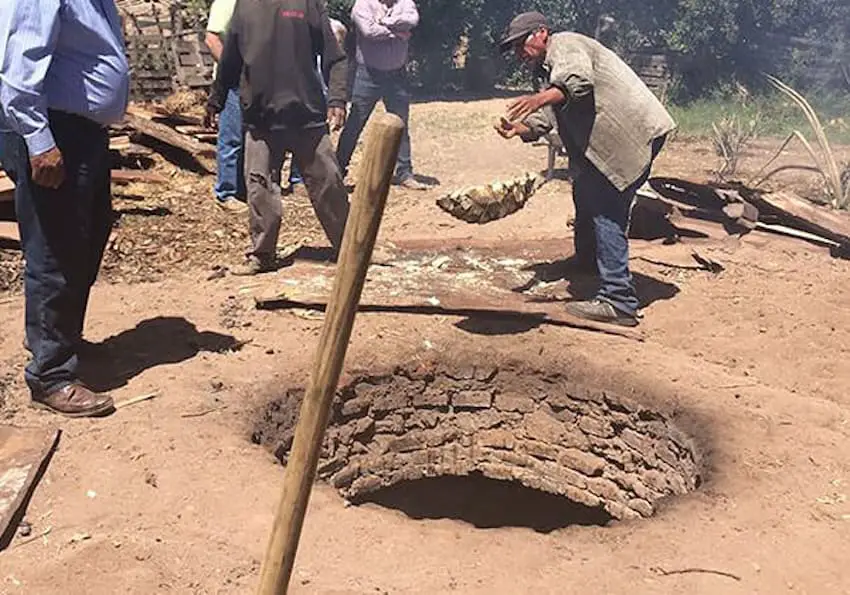Do you love tequila and mezcal? If so, then you’ll be captivated by bacanora, a similarly ancient spirit from Sonora, also crafted from agave.
Bacanora packs a stronger punch than these more famous agave spirits (a list which also includes raicilla), with an alcohol content ranging from 38% to 55%. Perhaps it’s this potency that led to bacanora being banned for 77 years until it was finally legalized in 1992 and granted the prestigious Denomination of Origin label in 2000.

This distinctive spirit is made from the Agave angustifolia pacifica, commonly known as espadín or yaquiana, in the town of Bacanora in Sonora. While production began around 300 years ago, bacanora’s roots stretch back much further. Historians believe its ancestor was a fermented agave drink called tehuimas, crafted by the Opata tribe for ritual celebrations.
Bacanora, as we know it today, began to take shape with the arrival of the Spanish, who introduced the alembic still, transforming the production process through distillation.
What makes bacanora truly special?
Bacanora isn’t just another agave spirit. Unlike tequila and mezcal, which can be mixed with cane sugar or other sweeteners, it is made from 100% agave. It also boasts a unique smoky flavor, derived from the use of underground ovens to roast the agave stalks — unlike the steam ovens typically used for other agave spirits. The result is a spirit that combines smokiness with a surprisingly sweet taste.

But perhaps the most memorable aspect of bacanora is its artisanal production process. What sets it apart from other mezcals is the second distillation of the liquid. The first distillates, known as “The heads,” are collected with a very high alcohol content. This liquid, with clusters of small bubbles called pearlites, becomes bacanora when it reaches between 20 and 30 degrees of alcoholic purity.
When the bubbles quickly disappear, the container is changed, and the final part of the distillation called the tails, is collected, consisting mostly of water. The final step is to blend the bacanora with the heads to adjust its alcohol content, a process known locally as compounding.
Another remarkable feature of the drink is its exclusivity — it can only be produced in 35 municipalities in Sonora. In contrast, tequila is made in several states, including Jalisco and Nayarit, and mezcal in regions across south and central Mexico.

Where can you find bacanora in Mexico?
Bacanora is enjoying a resurgence in popularity, especially since receiving its Denomination of Origin in 2000. Today, annual production is estimated at 250,000 to 300,000 liters. However, according to the Regulatory Board, more than half of this comes from unregistered brands, highlighting the spirit’s enduring artisanal nature. To give you a sense of its rapid growth, between 15 and 20 new bacanora brands have been launched in just the past five years.
You can find bacanora in stores across Mexico, including La Europea, La Castellana, and even Sears. Many brands also have websites where you can purchase directly from the producer. For those interested in smaller, artisanal producers, social media platforms like Facebook are excellent resources for discovering new options.
¡Salud!
Ana Paula de la Torre is a Mexican journalist and collaborator for various outlets including Milenio, Animal Político, Vice, Newsweek en Español, Televisa and Mexico News Daily.
